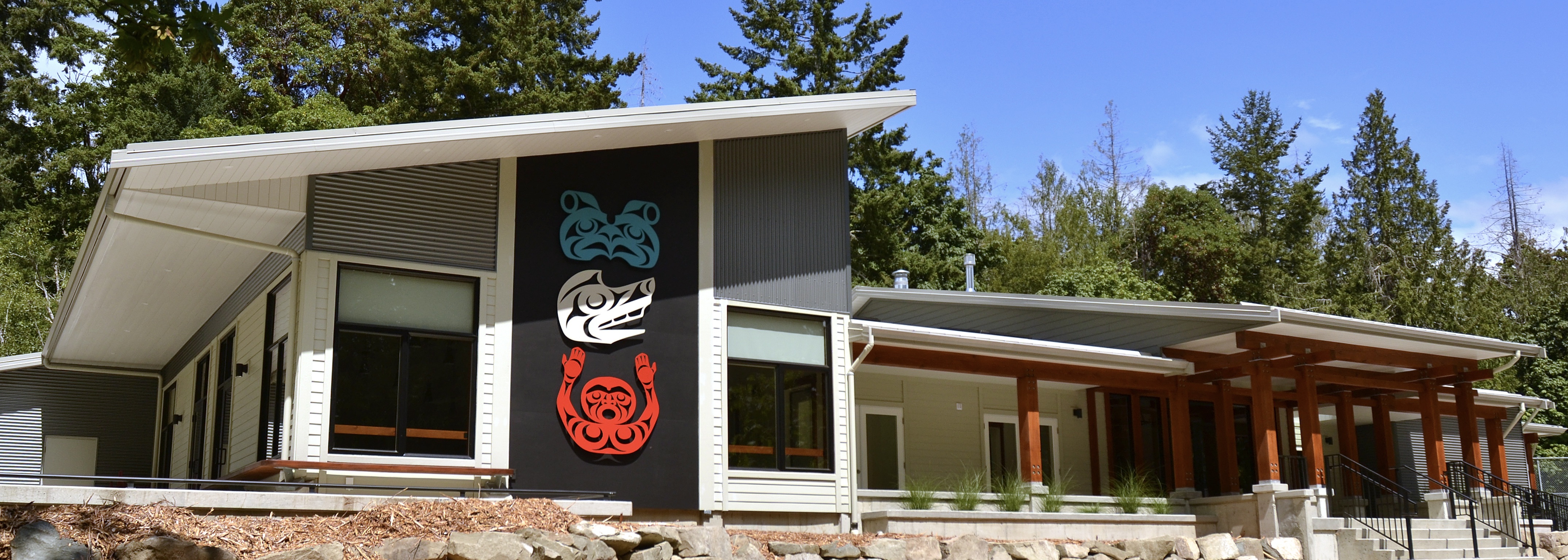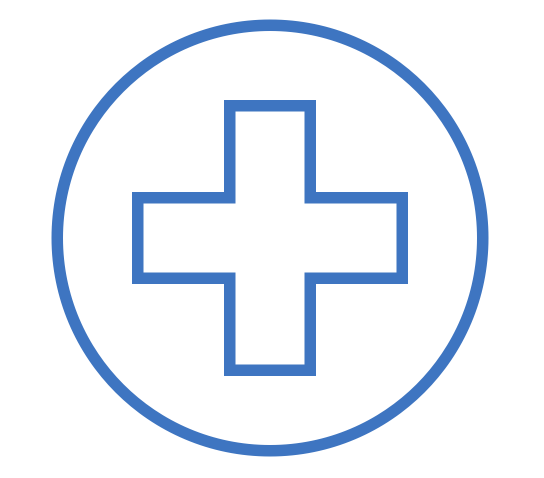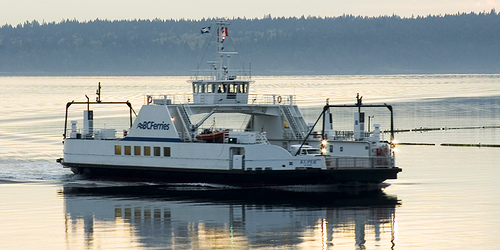ThINC Volunteer Opportunity on World Wetlands Day Feb 2, 2015
 Saturday, January 17, 2015 at 8:33AM
Saturday, January 17, 2015 at 8:33AM Wetland Restoration on World Wetlands Day Feb 2nd- Planting Party!
What’s your new year’s resolution?
To get hip?--Come and plant some rose hips!
To give back to the planet?--Restoring wetlands is a great way to go!
Date: Monday February 2, 2015
Location: Quamichan Wetland, Cowichan Garry Oak Preserve near the town of Duncan
Meeting time: 10:30 am -2:30 pm
Meeting Place: Cowichan Garry Oak Preserve
Directions: Travel east on Trunk Road. At the roundabout, exit at Maple Bay Road and follow Maple Bay for 4 kms and turn left onto Aitken Road. The Cowichan Garry Oak Preserve is at the end of Aiken Road on the right. Meet at the green house visible from the road.
Equipment will be provided.
Please bring warm clothes, rain gear, snack, water, and gardening gloves (if you have them).
We’ll bring the hot chocolate and coffee!
Come and plant Nootka rose, Red-osier Dogwood and other native plants as we care for the Quamichan Wetlands which were built three years ago at the Cowichan Garry Oak Preserve near Duncan to help improve the water quality of Quamichan Lake.
Join the Nature Conservancy of Canada, Cowichan Land Trust, Quamichan Watershed Stewardship Society, Somenos Marsh Society, Habitat Acquisition Trust and other wetland enthusiasts on the shores of Quamichan Wetlands on World Wetlands Day for a Day or restoration and revival. We will break into rotating groups along the shores of the six newly created wetlands to
- conduct water quality testing
- capture and identify invertebrates
- Plant native plants along the banks of the wetland
- Remove invasive plantsWhy?
- Testing water temperature, oxygen levels, turbidity and pH help us determine wetland health
- Determining what type of invertebrates are present is an indicator of water quality and ecosystems health
- Planting native plants increases the habitat value for insects and animals, provides shoreline stability and increases water quality
- Invasive plants threaten ecosystems by out competing the native plants upon which native fauna rely upon.
Did you know that wetlands are the most biologically diverse of all ecosystems? Globally it has been estimated that wetlands hold more than 40% of all the worlds’ species.
Quamichan wetlands provide habitat for amphibians, insects and migratory birds. These wetlands reduce the amount of nutrients and sediment entering the lake, break down suspended solids, absorb chemicals and neutralize harmful bacteria so that the plants and animals of the lake can flourish.
Guest Speaker: Meg Loop, Cowichan Land Trust, Project Coordinator.
Meg works full time on stream stewardship, native pollinator habitat improvement, ecological restoration, and marine education at the Cowichan Estuary Nature Centre. Meg graduated from the University of Victoria with a double major in Anthropology and Environmental Studies, and has a deep fascination for plants, especially ones she can eat!
For more information call 250-746-0227 or email info@cowichanlandtrust.ca
Ann Eriksson for ThINC











Reader Comments